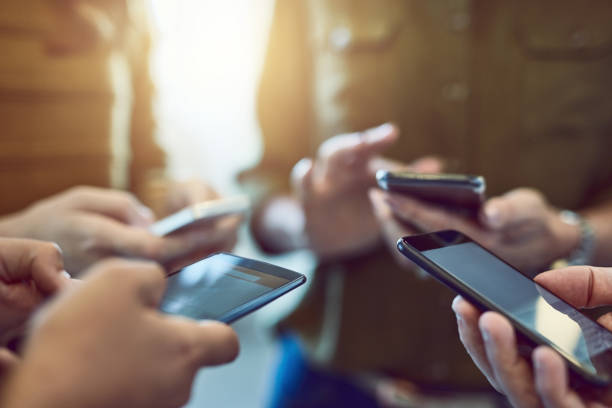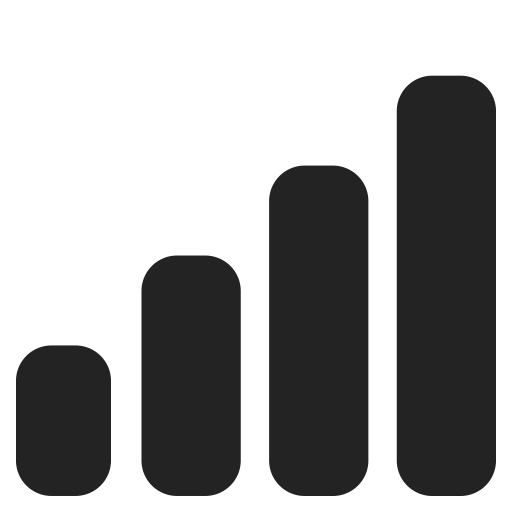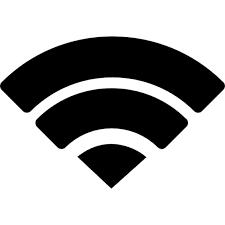
Wireless Mediums
When in the industry of more and more wireless mediums and different ways of consuming data, the way we see them can get thrown together. We’ll discuss briefly what a Cellphone Booster System is and discuss what it isn’t to have all the facts and make a decision for what you need.
What is a Cellphone Signal Booster?
Well, it’s what it really sounds like. A booster “boosts” the cell phone signal it receives and relays that signal to your phone. Now what can be a bit confusing is the different ways a booster can be set up but its all the same concept. Some boosters are simple installations where you can set something up in your window or where you can plug it into an internet source to boost cell signal. Others are considerably more robust where an outside antenna grabs the signal from outside, runs to an amplifier, and inside antennas are placed where you want the best signal broadcasted. A booster is just this, however, with this solution it means that only cellular signal is changed. Cellphone Signal Booster does NOT improve Wi-Fi Signals.
What it Isn’t
The concept of cellphone boosters has been confused as Wi-Fi boosters or range extenders. Wi-Fi and Cellular are two completely different animals but with similar characteristics. Both are wireless signals and ways of receiving data and your phone can connect to both. When the cellular signal is boosted in your home, your Wi-Fi strength won’t change in any way and you might have to turn your Wi-Fi off to see how your cellular is doing.
Almost any phone nowadays can connect to Wi-Fi but since the radios in your phone are weaker than other larger devices like tablets or laptops, when out of range of a Wi-Fi access point your phone can no longer connect to Wi-Fi, while your larger devices might still be able to. This is sometimes why a cellphone booster is confused for what’s really needed, a better Wi-Fi network.
As there are always exceptions: if you’re out of range of your Wi-Fi and cellphone signal doesn’t pick up the slack, a cell signal booster may be needed, as well as a more robust Wi-Fi signal.

![]()

Android OS displays both separately in most cases. The “pie” shape is your Wi-Fi and the “triangle” is your cell signal. These icons may be switched around on different Android operating systems.



iOS will also display separately but when Wi-Fi is enabled the technology standard (3G, 4G, LTE) will be covered up.

Different Cable Standards
When speaking in terms of networking and internet-based servers and home networks, Cat5/Cat6 cable is used. With a typical satellite TV, you have RG6, your typical coaxial cable. With cellular systems, a higher grade cable is needed for sensitive cellular frequencies. Some less expensive boosters can use TV cabling but that standard won’t allow for the best performance. RG11, LMR 400, LMR 600 cable standards and higher grades are used. As another exception, there’s another solution that allows a network module to connect to coverage modules to broadcast through ethernet runs but aren’t common for household installations.
Not a Subscription Service
Another common misconception is that many customers think there are fees associated after the install is done but after its paid for, it’s yours. There aren’t any carrier or installer fees after the system is in your home and no renting or leasing fees, so nobody can take it away from you.
CellTeks Provides Solutions
At CellTeks we provide a wide array of solutions ranging from Cell Phone Signal Boosters to Wi-Fi Networking. When it comes to wireless signal we are experienced in deploying Signal Solutions for several different industries. At CellTeks we pride ourselves in providing solutions and not just boxes of equipment. After a Site Evaluation, we design and deploy a custom system to provide you strong Wireless Signals.




